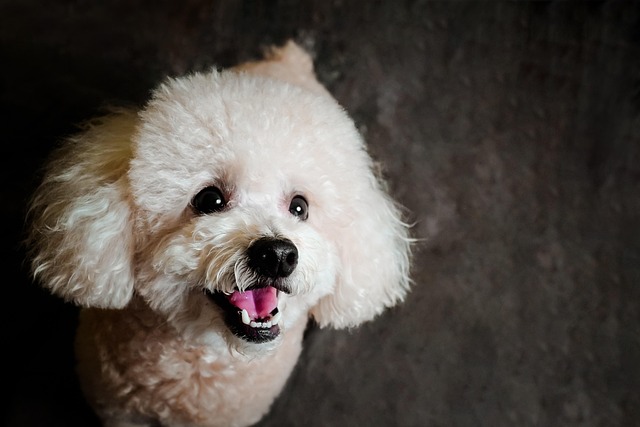
How do i train my dog to be obedient?
Watching your dog dart across the park ignoring your calls isn’t just frustrating—it can put them at risk near busy streets or public spaces.
You've seen those picture-perfect moments in Central Park - dogs trotting calmly beside their owners, leash loose, both enjoying the stroll. Meanwhile, your daily walks feel more like an arm-wrestling match with your overenthusiastic Labrador. The good news? Teaching polite leash walking isn't about strength, but smart communication any dog can learn.
Dogs naturally walk faster than humans (about 3-4 mph for most breeds versus our 2-3 mph), and their instinct is to lead. Behaviorists at universities like Tufts have found that dogs learn best through "pattern training" - creating consistent routines where walking politely beside you becomes automatic. The secret sauce? Reward the position you want (dog at your side) rather than punishing pulling. This positive reinforcement approach is now legally required in places like Maryland where corrective collars are banned.
Start indoors with zero distractions. Hold a tasty treat (think cheese cubes or hot dog bits) at your thigh and take three steps. If your dog stays close, say "yes!" and reward. Gradually increase to five steps, then ten. When moving outside, begin in boring locations - an empty parking lot beats squirrel-central. Use a 6-foot nylon leash (retractables teach bad habits) and the "be a tree" method: When they pull, stop completely until the leash loosens. Seattle-based trainers recommend keeping first sessions under 10 minutes to prevent frustration.
Now for the real-world considerations. While working on this skill, remember most U.S. cities require leashes under 6 feet in public spaces - even if your dog is learning beautifully. Those fancy flexi-leashes? Banned in many parks because they offer less control during training. And while you're focused on walking form, don't forget municipal poop scoop laws - San Francisco issues $350 fines for missed cleanups, regardless of how perfect your heel work is.

Apartment dwellers face special challenges. If your building has a "no indoor accidents" policy but your pup isn't walk-trained yet, try late-night or early-morning sessions when halls are empty. Always carry vaccination records too - nothing derails training like being turned away from the dog park because you forgot Fido's rabies tag.
The transformation won't happen overnight (expect 4-6 weeks of consistent practice), but the payoff is huge. Soon you'll be that enviable team strolling comfortably past distractions, whether it's Brooklyn food trucks or suburban lawn sprinklers. Just remember - even the best-trained dogs have off days, especially when that irresistible squirrel makes its appearance.

Watching your dog dart across the park ignoring your calls isn’t just frustrating—it can put them at risk near busy streets or public spaces.

New puppy owners often find themselves rushing to clean up accidents before they set in, and that’s where puppy pad training becomes a game-changer.

If you've noticed your dog's waistline disappearing and your veterinarian has mentioned those few extra pounds, your first instinct might be to simply reduce the amount of food in their bowl.

Training a dog to use a designated spot indoors isn’t as daunting as many new owners fear, but it does take consistency and an understanding of your pet’s needs.

That moment of dread on a walk is all too familiar for many new dog owners. You see another dog approaching down the sidewalk of your neighborhood

If the sight of another dog on your neighborhood walk makes your heart sink as your own dog erupts into a frenzy of barking and lunging, you're not alone.